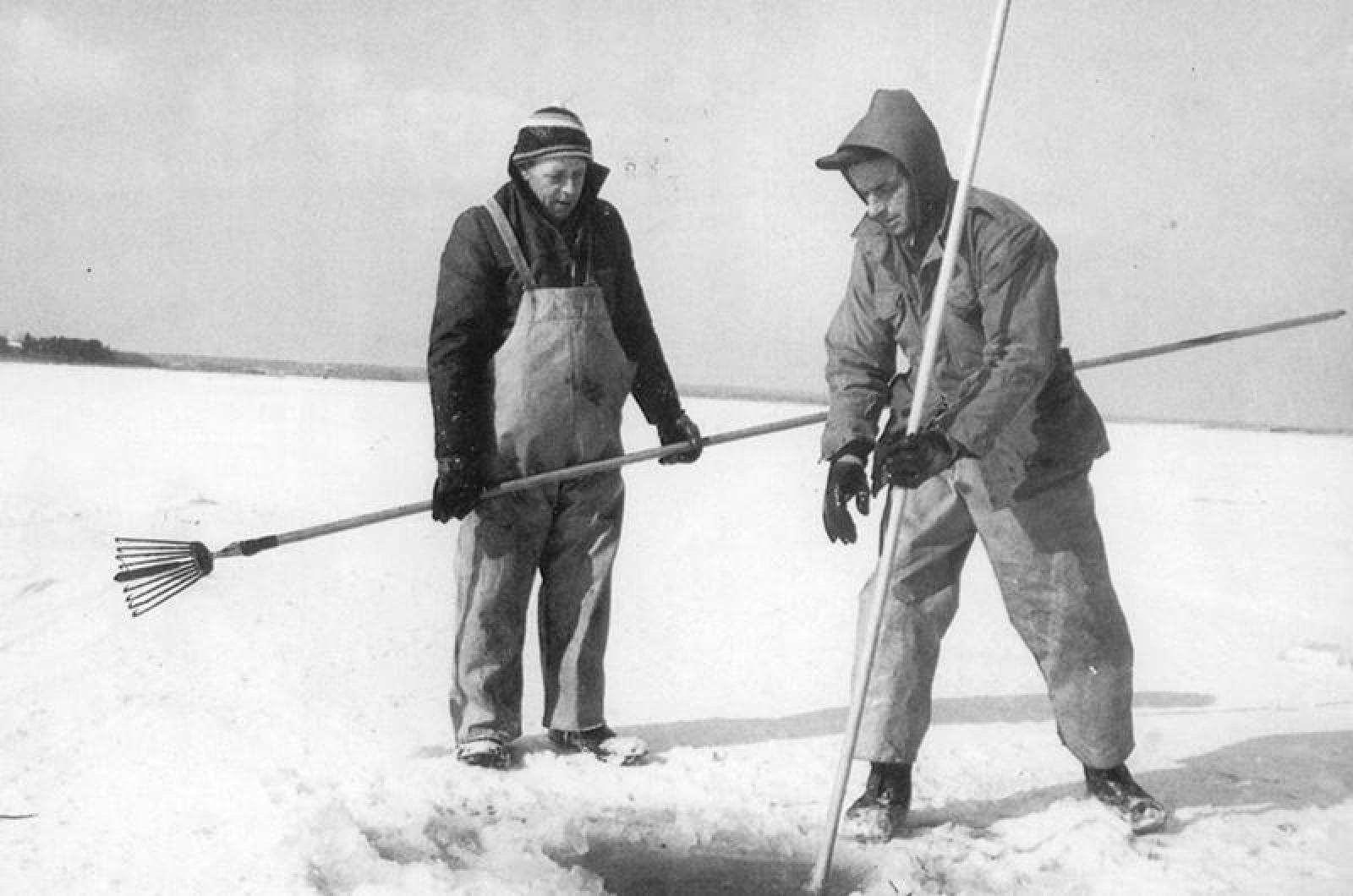From the Sept. 12, 1958 edition of the Vineyard Gazette:
Ancients of half a century ago would shake their heads at mention of Nab’s Corner and mutter that the place was not what it was, or words to that effect, because, as they explained, the Eel-pot no longer stood there. And when some youthful hearer asked what the Eel-pot may have been those same elders “closed their hatches” with abruptness and said no more.
From all information available, it does not appear that there has been a building of any sort at this place for at least a century, and certainly the character who gave the place its name is supposed to have disappeared completely, by death or other cause, more than a century and a half ago. Today the woods grow close to the edge of South Road at this point, empty of all life save the birds and rabbits, and it requires some searching to discover the roads that once led toward this spot like the spokes of a wheel.
But they were there; not public ways, for there were few open ways on the Vineyard in that day, but traveled roads across the hills and lowlands, cutting across farms as the crow flies, or winding around swamps and across streams in other directions.
Here, at the common junction of these many roads, stood the establishment of Abigail Dunham, who was commonly known as Nab. She is briefly described as “a single woman” and such reference as history further states that she lived there before 1800 and that “she received considerable notoriety during her life”. That is all that is to be found in print, but traditions handed down through the up-Island families and perhaps some others, suggest very strongly that here was a spot, regarded as unhallowed by the ancients of that day.
It should be borne in mind that this section of the Island regarded itself as somewhat outside of the law. It was not that the inhabitants were lawless, but they had an abhorrence of anything suggestive of law enforcement or the action of the courts. In their way they set up their own code by which they and their neighbors were expected to live, and they dealt out the high, low and middle justice by means of a vigilante committee, according to all traditions.
But it is also apparent from these same old traditions, that vigilantes or not, there was a strong and widespread appreciation of human failing and that unless the sins of the inhabitants were flagrant indeed, there was a winking on the part of the self-appointed guardians of the public morals and a tendency to forgive and forget.
It is not clear whether or not there were licensed drinking places or “package-goods stores” in the region at the time. Somewhat later, at least one and possibly two general stores which carried food staples and other items, were licensed to sell liquor, but however, it may have been, Nab Dunham was said to have had jugs of rum on hand which she would sell to be drunk on the premises or otherwise, and it is not known that she was prosecuted for so doing.
The location of her establishment, if it can so be called, lent itself to the attracting and possible fleecing of passers-by if, indeed, it was not so located with intent.
For there was a port in Squibnocket Pond, a port that afforded shelter to sea-going ships. There were ports to the east, as well, and vessels becalmed in Vineyard Sound, aboard which were men who were not to be daunted by a four-mile walk if there was a mug of rum to be drained at the end.
It is a pity that the site of the house cannot be located, and in this there is a certain amount of mystery. For the oldest of the traditions states that the house was moved from its original site, and stone being scarce in nearby areas, that the foundation was moved as well. Whether or not this occurred after the death of Nab Dunham has never been made quite clear.
Indeed, there has never been any mention at all of her death in these traditions. As the stories go, “she was, and then she was not”, so that it is hard to say what end she made.
There might be a real thrill in bringing to light once more, the spot on which Nab Dunham lived. Unquestionably there would be evidence acceptable as proof that the house once stood there. The guzzlers of that day, like all later generations, must have waxed restless at times and hurled their mugs at one another. The empty bottles and jugs may have been preserved, if whole, but the broken shards would certainly have been left, and there is no mistaking either the ancient jug or demijohn of the day.
But there are no real clues to aid. Not even a leaning slate headstone which can be positively identified as that of Nab Dunham. Some future home-maker will eventually purchase land at this point, and the excavating which will follow may disclose broken crockery and glass, fragments of metal, and possibly, bones. But will there be anyone left to remember Nab’s Corner? One wonders.
Compiled by Hilary Wallcox




Comments
Comment policy »